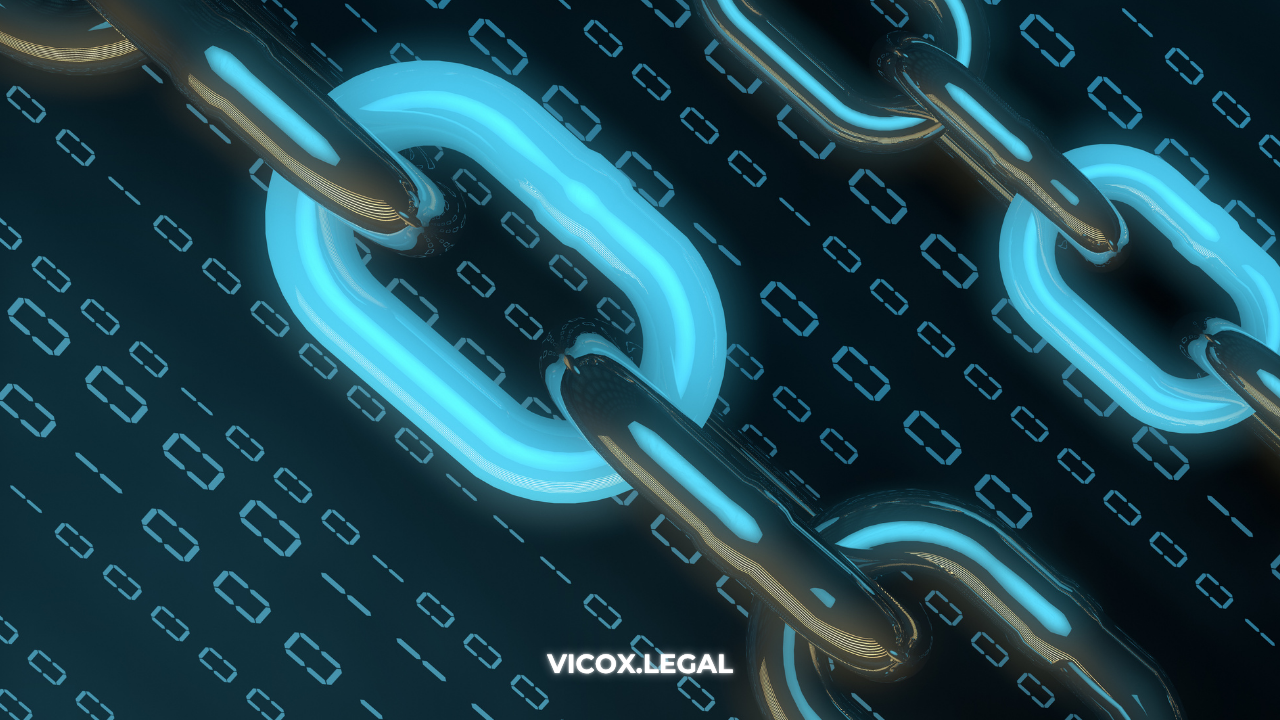Decentralisation and the person-to-person system is already a reality. An idyllic system in which every citizen is the sovereign owner of their assets, rights, money, data and identity. Blockchain technology has facilitated the implementation of these decentralised systems, while the current trend of the society we live in has contributed to and fuelled the need to embrace this new decentralisation.
Both private and public organisations are increasingly open to implementing this type of tool in their day-to-day work. Europe has been keen to jump on the blockchain bandwagon, following its regulatory innovation with the General Data Protection Regulation (GDPR). The European Union is aware of the involvement of blockchain technology and digital assets in the lives of its citizens and is aware of the importance of protecting rights in a globalised world. All this, without forgetting that many regulations are already outdated to the new system implemented, in many cases becoming obsolete.

What is the objective of the proposed eiDAS II regulation?
The proposed eIDAS II regulation amends Regulation (EU) No 910/2014 of the European Parliament and of the Council of 23 July 2014 on electronic identification and trust services for electronic transactions in the internal market. Known as the eIDAS Regulation, the aim of which was to advance the electronic identification of citizens. This has become a harmonised electronic identity for all citizens, although its reception clashed with the national digital identification of each Member State.
Due to these conflicts, the proposal for the eIDAS II Regulation was published last June 2021, whose main novelty is the use of blockchain technology and the decentralised system. The eIDAS II proposal involves the creation of a secure and reliable digital identity, with the creation of an electronic wallet called the European Digital Identity Wallet. Its purpose is to store the identity of all European citizens, their official documents, driving licences, special driving licences, work or educational qualifications, etc.
A step further in the sovereign Digital Identity that Europeans demand so much, which, with the reception of data protection in recent years, is already more than necessary. Owning our own data and storing it in a decentralised way in our wallet, giving us the power to assign or transfer it, is already a reality thanks to blockchain technology.
How will it help citizens?
The aim of this proposal is to enable citizens to download and store their data in a digital system. In addition to being able to identify themselves to others without the need to carry an ID card, transactions between people will be carried out much more securely and quickly. And also to be eligible for public services in each member state, such as education or health, which will speed up the endless bureaucratic procedures in the public administration and will push the public sector to digitalise it at last.
A proposal or idea that is clearly understood in the crypto ecosystem, thanks to prior knowledge of the virtues of blockchain technology and digital assets. Where wallet tools for cryptocurrencies have already been implemented, with applications in the network with an impact on the governance of societies, within decentralised autonomous organisations (DAO), with systems for identification, voting, etc. Even the legal sector, a traditional sector that affects us directly due to our status as crypto-lawyers, is already familiar with arbitration and decentralised justice tools within blockchain networks.
The technological implication of this proposal is such that the Member States will have to adapt to it with a technology that is the same for all, with the same scope and usefulness in order to be able to operate with European digital identity wallets. This will require the development of protocols, certifications, verifications, guarantees, security or speed, characteristics or elements strongly linked to distributed log technology (DLT).
What is electronic ledger?
The proposed eIDAS II Regulation includes the electronic ledger trust service as one of the digital elements to be established in the sovereign digital identity. This translates as an electronic record of encrypted, tamper-proof data that gives the user authenticity and integrity of the information it contains. This implies the acceptance of distributed recording technologies, so that they can be given legal effect as evidence in legal proceedings. Furthermore, by accepting this type of technology, the veracity of the information it contains, the date and time, the traceability or the identity of the user is implicitly affirmed.

This enormous range of possibilities increases the scope of sovereign identity solutions, establishing their requirements around blockchain technology and the advantages it offers for process decentralisation and data protection. The eIDAS II Regulation, if adopted, is a further step towards the acceptance of blockchain technology and its implications for citizens' sovereignty over their own data. Increasing the security and veracity of data and reducing unnecessary processing times, something that as crypto lawyers, we want to see happen as soon as possible.
If you found this post interesting, we invite you to continue browsing our blog to keep up with the latest news on blockchain and digital assets. blog to keep up to date with the latest developments in blockchain and digital assets.




